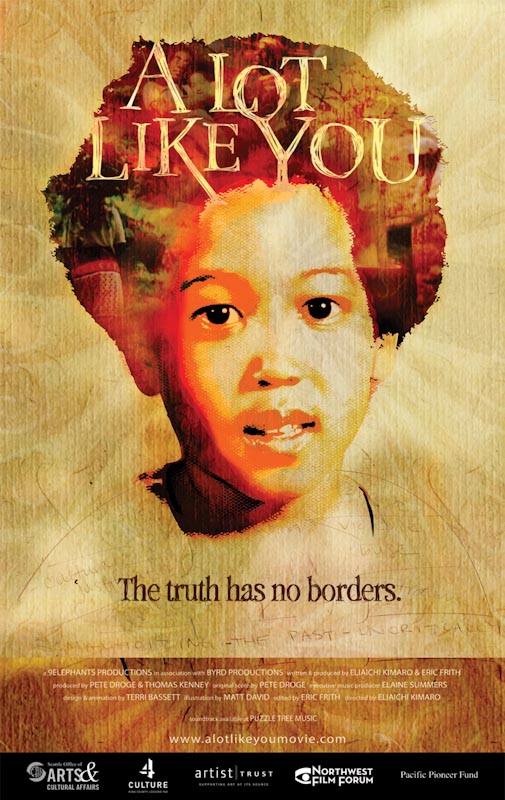Double the trouble, twice the joy for Japan’s hāfuPosted in Articles, Asian Diaspora, Media Archive, Social Science on 2013-10-04 14:40Z by Steven |
Double the trouble, twice the joy for Japan’s hāfu
The Japan Times
2013-10-03
Kaori Shoji, Special To The Japan Times
Until about 10 years ago, the standard Japanese image of kids of mixed blood was that they were 1) gorgeous, 2) rich and 3) able to live in Japan with none of the kinks and hang out at Azabu clubs when they were 13. In high school, my girlfriends scorned their own Japanese heritage. The common reply to what we wanted to be when we graduated was “gaijin” (foreigner). Failing that, the next best option was to marry a gaijin and bear hāfu (mixed-race) kids, who would then automatically go on to have brilliant careers as newscasters or supermodels.
Megumi Nishikura and Lara Perez Takagi’s documentary “Hafu” shows quite a different picture. “One of the reasons we made this film,” Nishikura tells The Japan Times, “is that the growing number of hāfu here are not celebrities or models. We wanted to put a hole in the stereotype of hāfu — to show that not everyone is Caucasian, well-to-do and beautiful. There are a lot of people who aren’t like that, who are struggling with the language, with life in Japan and with their own identities.”
Both the filmmakers, who each have a background in documentaries, are mixed-race. Perez Takagi was born to a Japanese mother and Spanish father, and her childhood was divided by vacations spent in Japan at her grandmother’s house in Chiba and daily home life in Madrid…
Read the entire article here.
